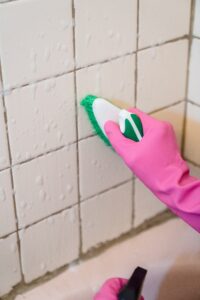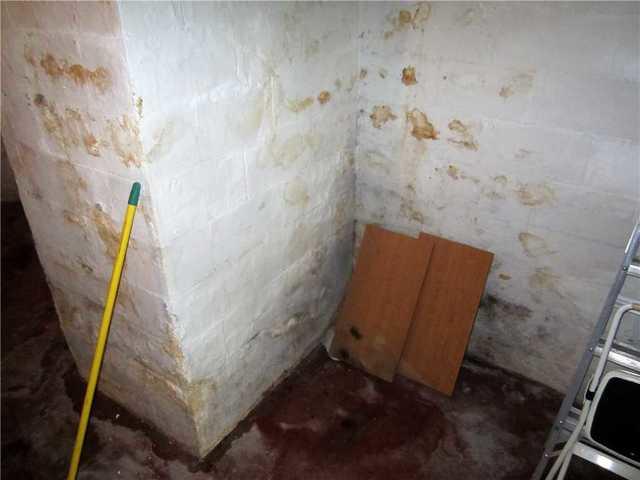Clearing Water Marks - Comprehensive Wall Stain Checks And Repairs
Clearing Water Marks - Comprehensive Wall Stain Checks And Repairs
Blog Article
How do you really feel in regards to Water Stains on Walls?

Water spots on walls are not pleasant to the eyes. Your house ought to be without spots on the wall surfaces, roofing, or floorings. That is the suitable state of a residence and also its frameworks. Yet, sometimes it appears almost inevitable to experience water discolorations on walls in residences.
Home owners staying in damp regions constantly deal with the fear of water discolorations on wall surfaces. Yet that does not have to be the case for you. With well-shaped and also precise details on the sources of water spots as well as prompt repair procedures, you will certainly always be a step ahead of such events. So, this write-up guarantees to be a valuable guide for you.
3 Common Root Causes Of Water Stains on Wall Surfaces
As opposed to popular belief, water spots on walls do not constantly come from inadequate building products. There are a number of causes of water discolorations on walls. These consist of:
Poor Drain
When making a building strategy, it is essential to make certain sufficient water drainage. This will protect against water from leaking right into the walls. Where the water drainage system is blocked or missing, underground dampness develops. This web links to extreme moisture that you discover on the wall surfaces of your building.
So, the leading root cause of wet wall surfaces, in this case, can be a bad water drainage system. It can likewise result from bad monitoring of sewer pipes that run through the building.
Damp
When hot moist air meets with dry chilly air, it triggers water droplets to form on the wall surfaces of structures. This happens in bathroom and kitchens when there is vapor from food preparation or showers. The water beads can tarnish the bordering walls in these parts of your house as well as spread to other areas.
Damp or condensation affects the roof and walls of structures. This creates them to show up darker than various other areas of the home. When the wall surface is wet, it produces an appropriate atmosphere for the growth of fungis as well as microorganisms. These may have adverse results on wellness, such as allergic reactions as well as respiratory disorders.
Pipe Leaks
Many homes have a network of water pipes within the wall surfaces. This ensures that the pipes are faraway from the reach of destructive rats. It constantly increases the stability of such pipelines, as there is little oxygen within the walls. This discourages corrosion.
Yet, a disadvantage to this is that water leakage affects the walls of the structure as well as causes widespread damages. A telltale sign of malfunctioning pipes is the look of a water tarnish on the wall.
Water Stains on Wall Surface: Repair Work Tips
Homeowners would usually desire a quick fix when dealing with water discolorations. They would soon recognize this is counterproductive as the water discolorations repeat. Here are a couple of helpful ideas that will certainly direct you in the fixing of water spots on wall surfaces:
Pro Tip
A houseplant in your house additionally increases its humidity. If the residence is currently moist, you may want to introduce houseplants with very little transpiration. An example of appropriate houseplants is succulents.
Final thought
Although nobody wishes to have water stains on walls in their home, it can happen to the best of us. This short article provides you take advantage of, as you currently understand just how to manage this problem if it does take place.
It is constantly best to hire specialist solutions to aid fix the problems in your house.
Occasionally it appears virtually inevitable to experience water stains on walls in homes.
In contrast to preferred idea, water discolorations on wall surfaces do not constantly stem from inadequate building materials. There are a number of causes of water stains on walls. The water droplets can tarnish the bordering wall surfaces in these components of your house as well as spread to other areas.
Here are a few helpful pointers that will certainly assist you in the repair service of water spots on walls:
CHECKING FOR WATER DAMAGE
Water damage can be costly, and it may begin before you even notice the first signs of trouble. Water damage can cause mold and mildew in your walls and floors, which can create an abundance of health concerns for your family. It can also lead to costly repairs of various appliances and general home fixtures. To avoid the pricey consequences of water damage, here are Warner Service’s top 5 places you should check:
The walls – The easiest place to spot the beginnings of water damage is on the walls and ceilings of your home. If water damage is present, there will most likely be water stains, especially around the windows and doorframes, and/or cracks in the drywall. If a stain looks unusual (discolored to brown, black or gray, raised texture), has a swollen appearance or is soft to the touch, contact a professional immediately. The pipes – To avoid water damage, consistently check the pipes in your kitchen (especially the dishwasher and ice maker), bathrooms, laundry room (specifically washing machines) and basement for corrosion, leaks and water stains. Pay special attention to where the pipes connect in your home and the location of caulking around the bathroom fixtures, including toilets, sinks, showers and tubs. Missing or loose caulking and grout could be signs of leaking water. This seepage can also quickly cause mold and rust, so double check your water heater and tank for wet spots on the floor. The floor – Water damage is very easy to spot on the floor. Look for any warping or buckling of the material, especially in the basement. If your home has wood flooring, look for bright white or dark stains. If your home has carpeting, keep it dry and clean. A damp carpet that smells of mold could cause water damage and health problems. To avoid this, consider installing floor pans under your appliances to help prevent damages from small, slow and undetected leaks. The basement and attic – If your basement or attic smells odd check for mold and mildew around the area, especially the valley where the roof meets. While you are inspecting those areas, check for wall cracks, floor stains, rust and dampness in the insulation. If you live in a colder and/or rainier climate, perform routine checks for water damage from melting snow or ice and rain. The exterior – Check the roof for damaged flashing and missing, cracked or curled shingles. There should also be no standing water anywhere outside your home. This could be caused by puddles, leaky rain gutters or hoses, poor drainage, or short gutter spouts. Invest in a sump pump system or water flow monitoring system, and perform routine maintenance on these outdoor appliances to avoid indoor water damage.

I was introduced to that report on from a friend on a different web address. For those who enjoyed reading our article plz remember to pass it around. Thanks a lot for going through it.
Instant Quote
Report this page